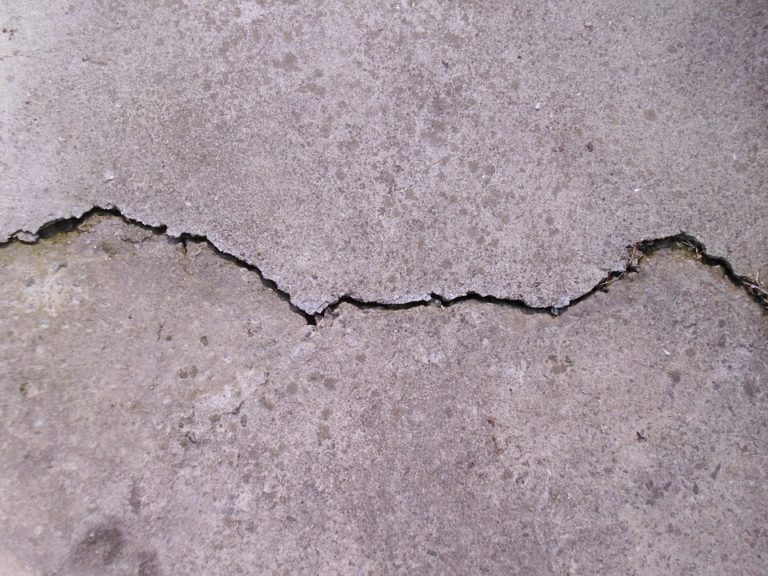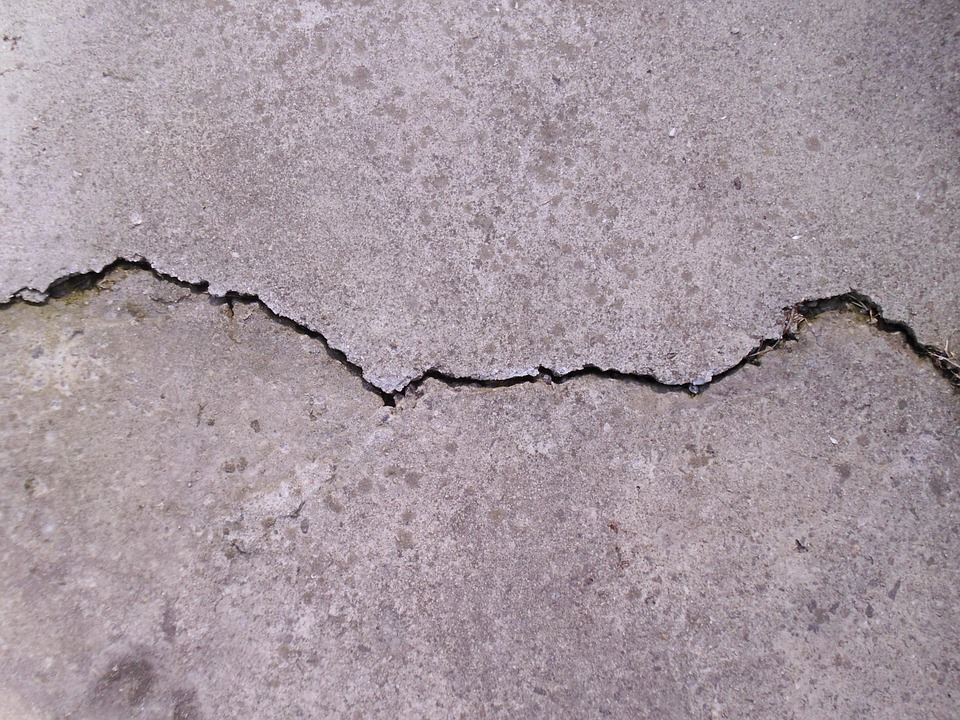Understanding the Underlying Mechanisms of Creep in Concrete
Concrete is one of the main materials utilized in civil engineering construction in the modern age with an annual production of roughly 20 billion tons. For instance, the aging infrastructure in the US requires massive investment and the American Society of Civil Engineers estimates an expenditure of $4.5 trillion by 2025 to fix the country’s roads, bridges, dams and other infrastructure. By understanding the underlying mechanisms of creep in concrete, we can move closer to designing a more durable material that does not incur such astronomical costs after a short service period.

With this objective in mind, the AIMS lab at UC Irvine has been focused on breaking time and length scale barriers in modeling of cementitious materials. Although various phenomenological models are currently available in the literature and construction codes for prediction of creep, these models are based on parametrization of assumed functional forms, none of which take into account the origins of the behavior at smaller scales. Neglect of this important component can result in a significant difference between observed and calculated values for creep and has caused several catastrophic failures around the world due to excessive time-dependent deformations (such as the collapse of KB bridge in 1996).
Introducing New Techniques
To understand the processes that result in creep of concrete, a new simulation technique has been developed at AIMS lab in UC Irvine that is capable of bridging the disconnect in time-scale between the nanoscopic and macroscopic scales in atomistic models of cement. We begin by constructing a realistic model of hydrated cement at nanoscopic scales. This entails introducing defects into the structure of tobermorite mineral which is a natural analogue of hydrated cement. The next challenge is the choice of forcefield for the simulations. Fortunately previous research provides a set of parameters called CSH-FF, which is a transferable forcefield designed for modeling cementitious materials.
After such preparations we utilize tools from molecular dynamics and statistical physics and begin simulating the evolution of the atomistic system. However, the dynamic trajectory is limited to an extremely small fraction of a second (about a few picoseconds). To overcome this limitation, we designed a three-staged procedure that accelerates the evolution of the system. By applying small shear perturbations, and monitoring various thermodynamic properties (such as energy, pressure, etc), we observed that in the absence of external stress, the system keeps evolving into more stable states (Stage I). However, when a constant shear stress is provided, a gradual evolution in shear strain is observed (Stage II). Finally in the third stage, the system is unloaded and by continued cycling, we see that the system obtains energy values similar to the end of the second stage.
Interpreting the Findings
We found that the first stage can be interpreted as relaxation of the system while the second and third stages point to a viscoelastic behavior of the system. By utilizing the developed method, our simulations were able to clarify, for the first time, a viscoelastic behavior at the nanoscale. Moreover, in the last part, we showed that by increasing the water in the nanopores of hydrated cement, a gradual transition from asymptotic viscoelastic behavior to logarithmic creep is observed which is in agreement with experiments. This can be attributed to a transition from behavior originating at the nanoscale to properties rooted in the mesoscopic attributes of the material.
As for the future of our research, we hope to soon be able to construct an accurate mesoscopic model of hydrated cement and explore various properties that originate from material’s mesotexture. This would not only provide a truly bottom-up model for cementitious materials, but also provide clues that could finally help with solving the mystery of creep of concrete that has occupied many scientists’ minds for decades.
The results of our research were published in a paper titled “Nanoscale origins of creep in calcium silicate hydrates” in Nature Communication. We were honored to receive Giatec’s best paper award for this publication. This shows the company’s understanding of the critical role fundamental research plays in moving the cement industry forward. We hope that our findings can pave the way to a more environmentally friendly concrete which is a global challenge of our time.
Ali Morshedifard is a graduate student of Civil Engineering at the University of California, Irvine. He can be contacted at Morsheda@uci.edu







